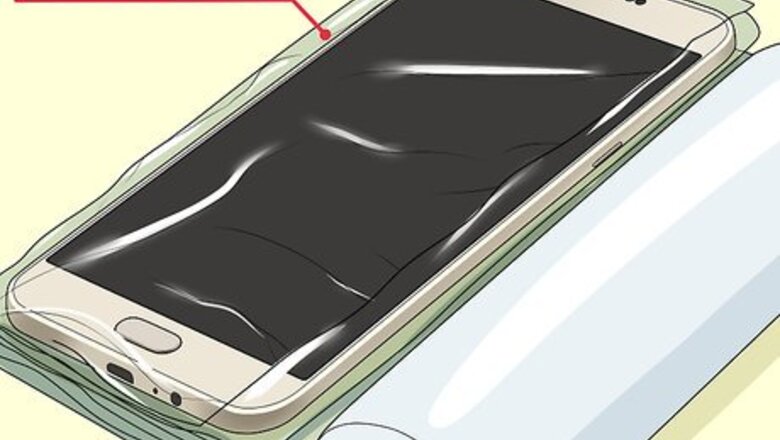
views
- Wrap up your phone, alternating between layers of plastic wrap and tin foil. This helps you create an easy, DIY Faraday cage.
- Find a metal box or container (like a trashcan) and line the inside with plastic wrap. Throw your phone inside and close the lid.
- To create a more sturdy cage, use adhesives or bolts to keep the lid securely closed.
Making Aluminum Foil Faraday Cages
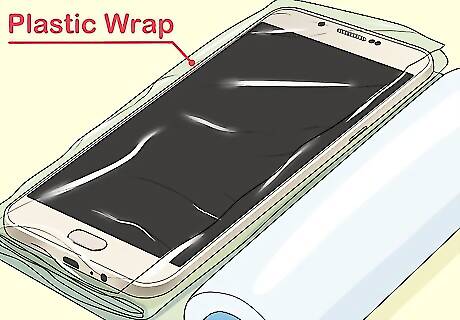
Wrap your electronic device in a plastic layer. Wrap your device in plastic wrap, or place it in a plastic bag. This will put a barrier between the device and the conductive aluminum layer. It can also serve as a waterproof layer for extra protection. You can wrap the item in cloth to help prevent edges from poking holes in the plastic and/or aluminum layers, though this is not necessary.

Cover every inch of the device in aluminum foil. The aluminum foil will act as the conducting layer. There should be no tears or gaps in the foil. Use your hands to mold the foil around the entire device. This is the simplest Faraday cage and should shield your device from low-energy everyday electromagnetic radiations like bluetooth, cellphone signals etc. For more protection, you can use more layers of plastic and foil. The foil is referred to as a conductive layer. The metal allows radiation to travel along its surface but not through it.
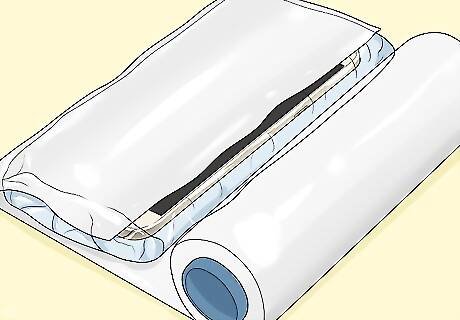
Alternate plastic and aluminum foil. You should cover every inch of the device in at least three layers of aluminum. Protection can be maximized by adding plastic layers in between each layer of aluminum foil. This will create alternating layers of conductive and nonconductive materials and shield your device from harmful electromagnetic radiation. A Faraday cage is designed to protect devices from an EMP (electromagnetic pulse) blast. This is a high intensity blast of radiation that comes from a weapon or a naturally powerful source (e.g. the sun). You can also use a Faraday cage to block a cell phone or radio from getting reception, or prevent your expensive car from being stolen by protecting its (keyless entry) keyfob. In this case, you would need fewer layers since the radiation is much weaker than an EMP blast. Adding adhesives like glue between each layer will make your faraday cage more sturdy and permanent, but it will be harder to remove.
Building Larger Faraday Cages
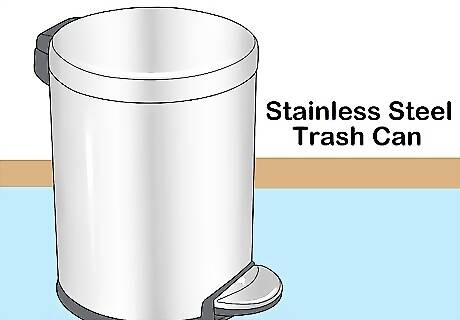
Find a conductive container. A stainless steel trash can with a tight closing lid will work very well. You can look for other metal containers or boxes. This will serve as a first line of defense against electromagnetic radiation.
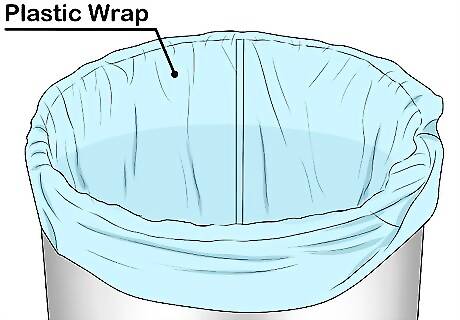
Line the inside of the container with plastic wrap. Once you have chosen a trash can or another container, line the inside with a layer of plastic wrap. This protects your devices from touching the conductive surfaces of the trash can, and it also provides protection against flooding. For added insulation, you can line the inside of the can with cardboard before the plastic layer goes in. You can add layers of foil and additional layers of plastic wrap inside to increase the effectiveness of the Faraday cage. More layers will make the cage more effective, even if the layers themselves are thin.
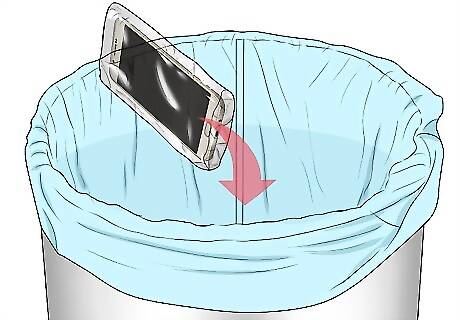
Place your devices inside. Once you have lined your trash can, place your devices inside the can. The best practice is to cover each device individually in its own small Faraday cage (such as the simple aluminum foil Faraday cage). You can also purchase a Faraday bag and place the items in that bag. The trash can will serve as an extra layer of protection. Once the devices are inside, you can attach the lid with adhesives or bolt it on for a more sturdy cage. It is also wise to tie the cage down to a beam or bolt it to the wall using a metal strap to make your cage a permanent fixture.

















Comments
0 comment